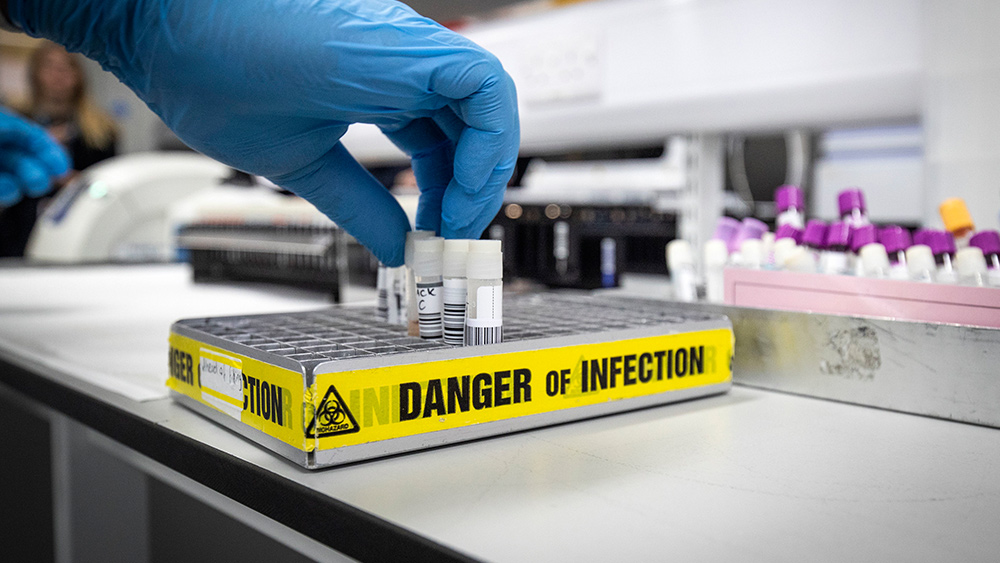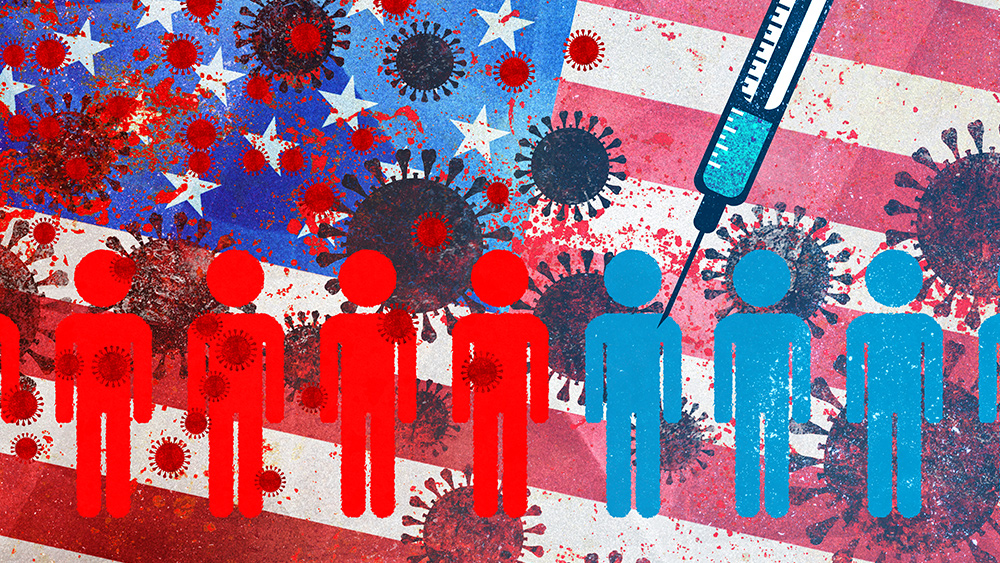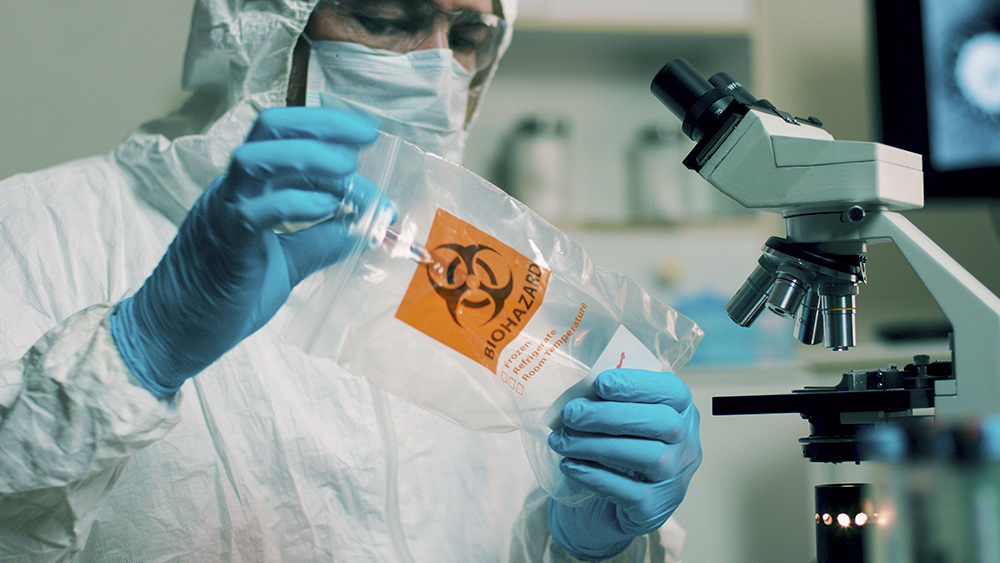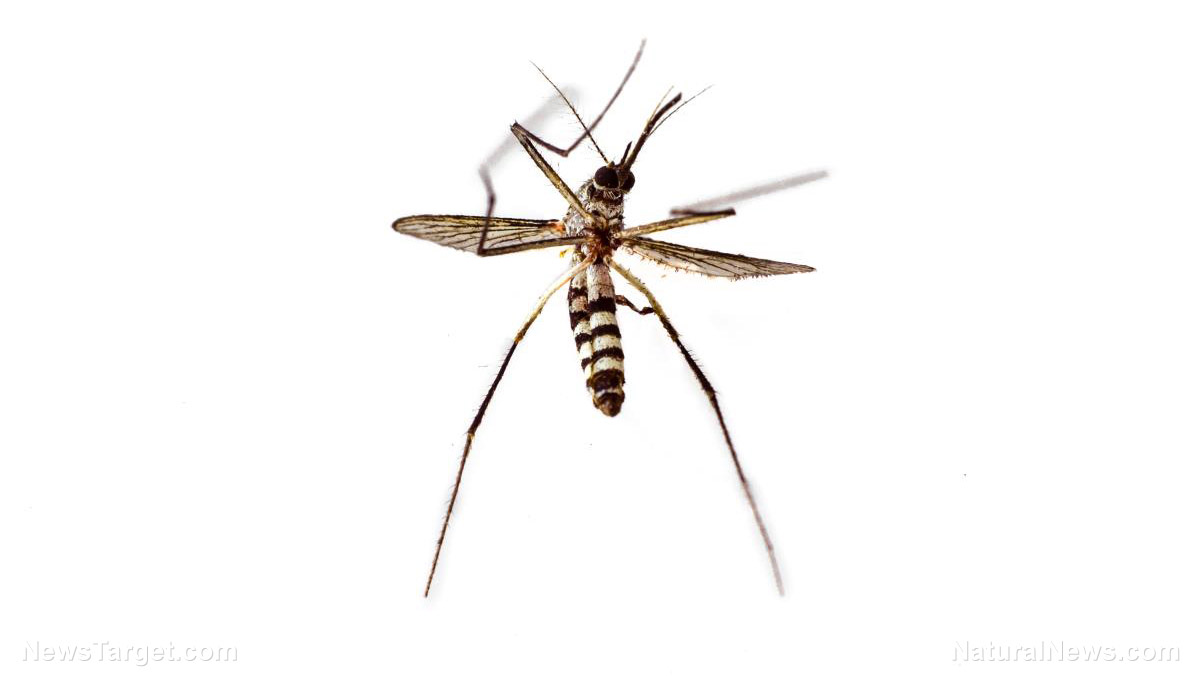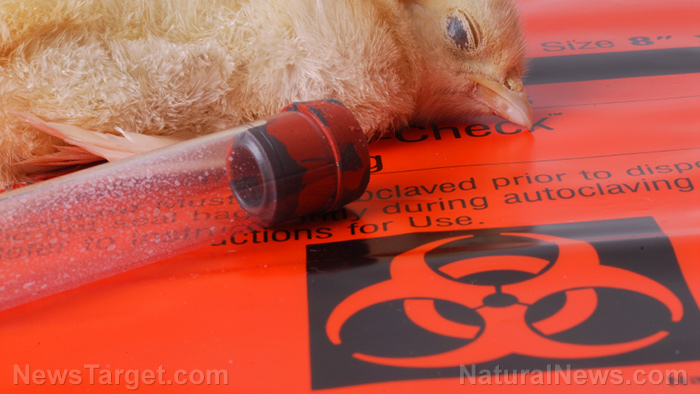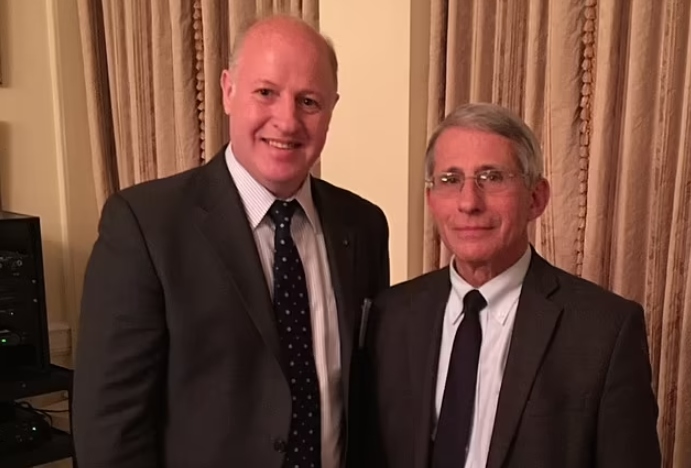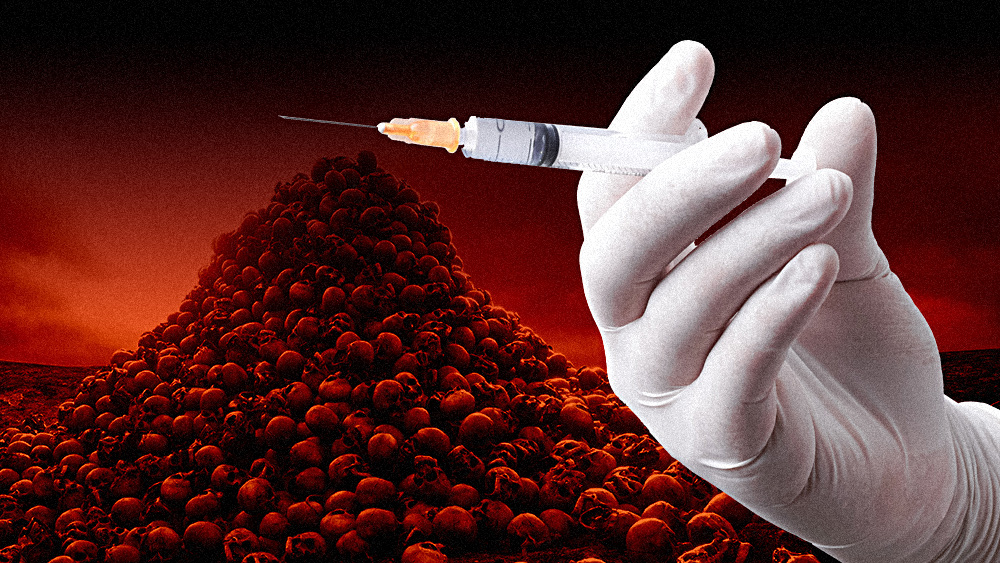NIH LIED about dangerous gain-of-function virus research, withheld information from Congress
06/20/2024 / By Belle Carter
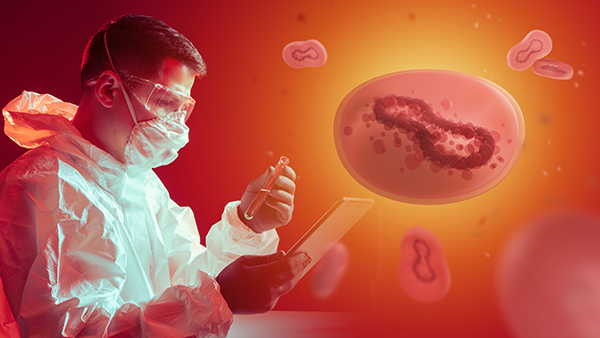
On June 11, House investigators on the Energy and Commerce Committee released a 73-page report exposing that National Institutes of Health (NIH) officials lied about gain-of-function virus research to reporters and withheld information from Congress.
The committee launched the probe about two years ago following a September 2022 article in Science Magazine that reported on the dangers of the monkeypox virus. The writeup indicated that the virus is spreading worldwide and could adapt to humans and become more transmissible or deadly.
Bernard Moss, a veteran poxvirus researcher at the NIH’s National Institute of Allergy and Infectious Diseases (NIAID), even told the magazine that monkeypox evolves to replicate faster in humans. It indicated in the article that Moss had begun gain-of-function experiments, wherein he swapped out genes from various variants, to understand why some are more dangerous or transmissible than others. (Related: Experimental gene therapies and gain-of-function research is just the beginning of trans-human experiments.)
American investigative journalist Paul D. Thacker wrote in his Substack newsletter that per the Science article, Moss has been trying for years to figure out the difference between two variants of the monkeypox virus. The first variant was clade 2, which until recently was found only in West Africa and is now causing the global outbreak and the other one is clade 1, which is believed to be much deadlier and caused outbreaks in the Democratic Republic of Congo for decades.
According to Science, Moss found that clade 1 virus can kill a mouse at levels 1000 times lower than those needed with clade 2. He and his colleagues swapped dozens of clade 2 genes, one at a time, into clade 1 virus, hoping to see it become less deadly, but with no luck. Now, they are planning to try the opposite, endowing the clade 2 virus with genes from its deadlier relative.
“Moss’ disclosure that he planned to insert genes from the more deadly clade 1 monkeypox strain into the more common and transmissible clade 2 monkeypox virus triggered a second story in Science Magazine with scientists expressing alarm at the study’s dangers,” the former lead investigator of the United States Senate Committee on Finance wrote.
Meanwhile, Ohio State University researcher Linda Saif told the magazine’s Jocelyn Kaiser that excessive regulation could “greatly impede research into evolving or emerging viruses” and drive research overseas, where U.S. regulations don’t apply. NIAID said that Kaiser later updated her article to claim that Moss’ research would only involve clade 2a and not clade 2b monkeypox virus.
Eight months later, STAT News reporter Helen Branswell accused Republicans of “targeting” Moss and alleged he had never proposed to move forward with the dangerous virus studies. But a spokesperson for NIAID told the news outlet in May that there had been no formal proposal from Moss to do the research and the institution had no plan to proceed with the study. Thacker said that Kaiser’s and Branswell’s reports are both false.
House investigators found that weeks after NIAID claimed to Kaiser that Moss’ planned monkeypox research involved clade 2a, not clade 2b monkeypox, Moss posted a preprint reporting he already started research with clade 2a and planned research with clade 2b. “We have started to investigate the genetic determinants responsible for virulence differences of clade I and IIa viruses and plan to extend this to clade IIb pending institutional approval,” Moss and co-authors wrote in a preprint.
The investigators documented other examples of NIH deceptive stories about the nature of Moss’ research and withholding documents demanded for over a year. After investigators threatened a subpoena, NIH relented and admitted in March that Moss had submitted a formal proposal to insert genes from the more deadly clade 1 monkeypox strain into the more common and transmissible clade 2 monkeypox virus.
Fauci’s staff admits under oath that Branswell called to access former NIAID chief
Back in October, House investigators asked that NIH submit documents related to the controversial article “including communications between NIH and American Association for the Advancement of Science (AAAS) or Science magazine.” But the agency was not able to provide the requested documents and the magazine has not corrected the report.
Investigators have not demanded that NIH explain who provided false information to Branswell claiming Moss had not proposed the monkeypox research he had actually proposed and was approved to conduct in 2015. However, in a deposition released by the House COVID-19 Select Subcommittee, former NIAID chief Tony Fauci’s former Chief of Staff Greg Folkers testified under oath that Branswell would call him to get direct access to Fauci.
“So you asked me the names of a couple of people who might call me directly,” Folkers told House investigators. “John Cohen of Science who I’ve known for a long time would sometimes say, ‘Hey, can I talk to Tony?’ And Helen Branswell of STAT, again, would do the same thing.”
These latest revelations followed the reporting last week that Fauci lied to the New York Times about his involvement in a Nature Medicine piece that advanced the theory that the Wuhan coronavirus (COVID-19) pandemic could not have started in a lab Fauci himself was funding in Wuhan, China.
Head over to ScienceDeception.com for more stories similar to this.
Sources for this article include:
DisinformationChronicle.substack.com
Submit a correction >>
Tagged Under:
big government, Censored Science, collapse, conspiracy, Cover-Up, covid-19, deception, gain-of-function, lab leak, lies, medical research, monkeypox, monkeypox virus, mpxv, NIAID, NIH, pandemic, Paul D. Thacker, propaganda, research, science deception, Toni Fauci, virus, virus research, Wuhan
This article may contain statements that reflect the opinion of the author
RECENT NEWS & ARTICLES
COPYRIGHT © 2017 Biowar.com
All content posted on this site is protected under Free Speech. Biowar.com is not responsible for content written by contributing authors. The information on this site is provided for educational and entertainment purposes only. It is not intended as a substitute for professional advice of any kind. Biowar.com assumes no responsibility for the use or misuse of this material. All trademarks, registered trademarks and service marks mentioned on this site are the property of their respective owners.

